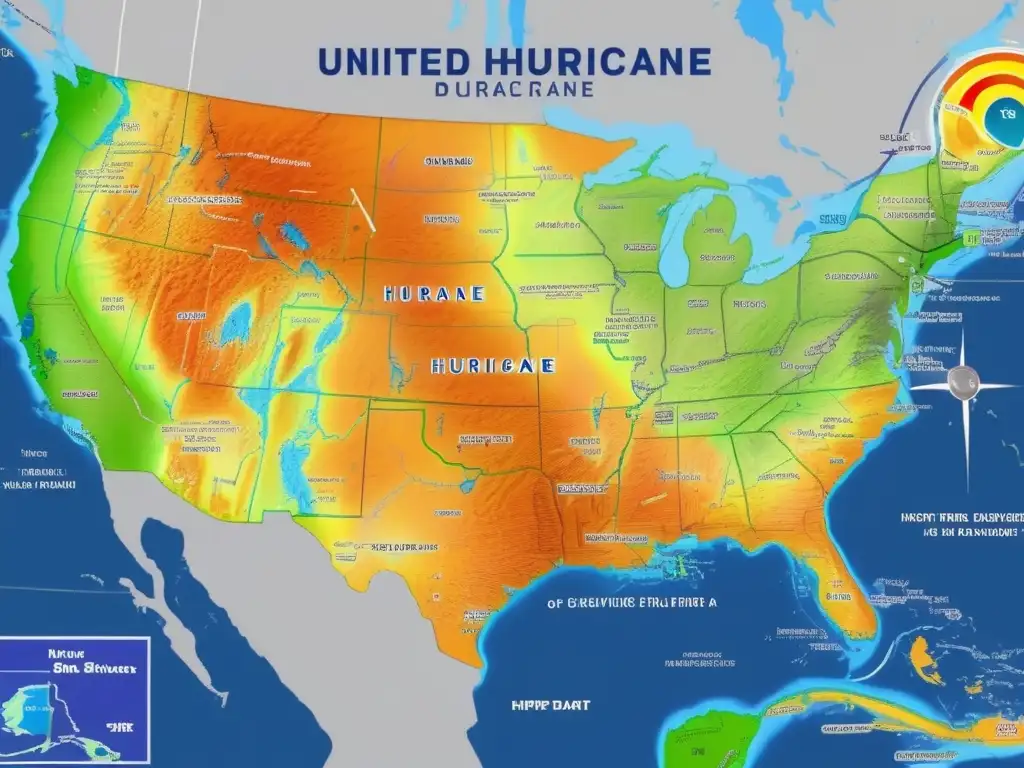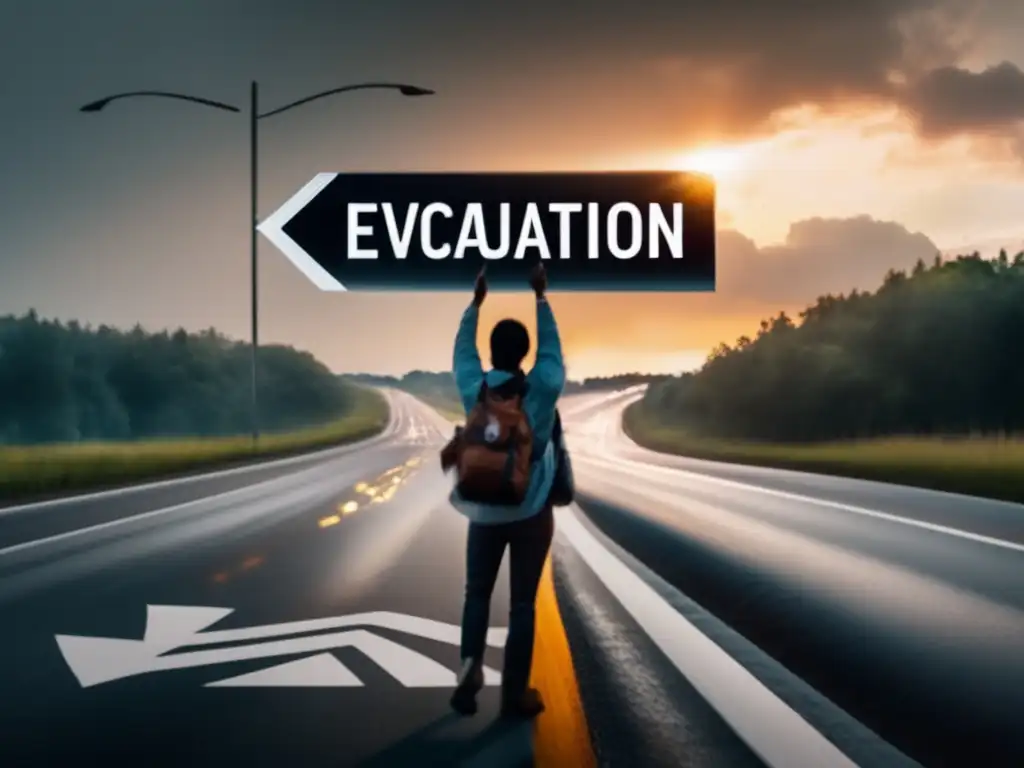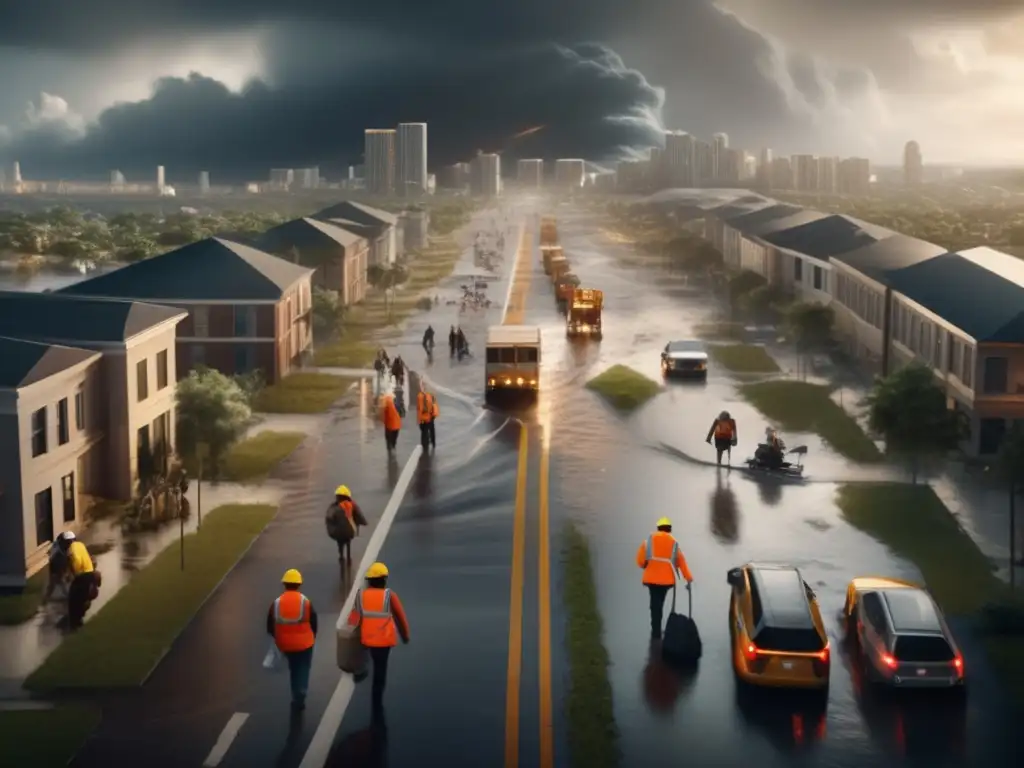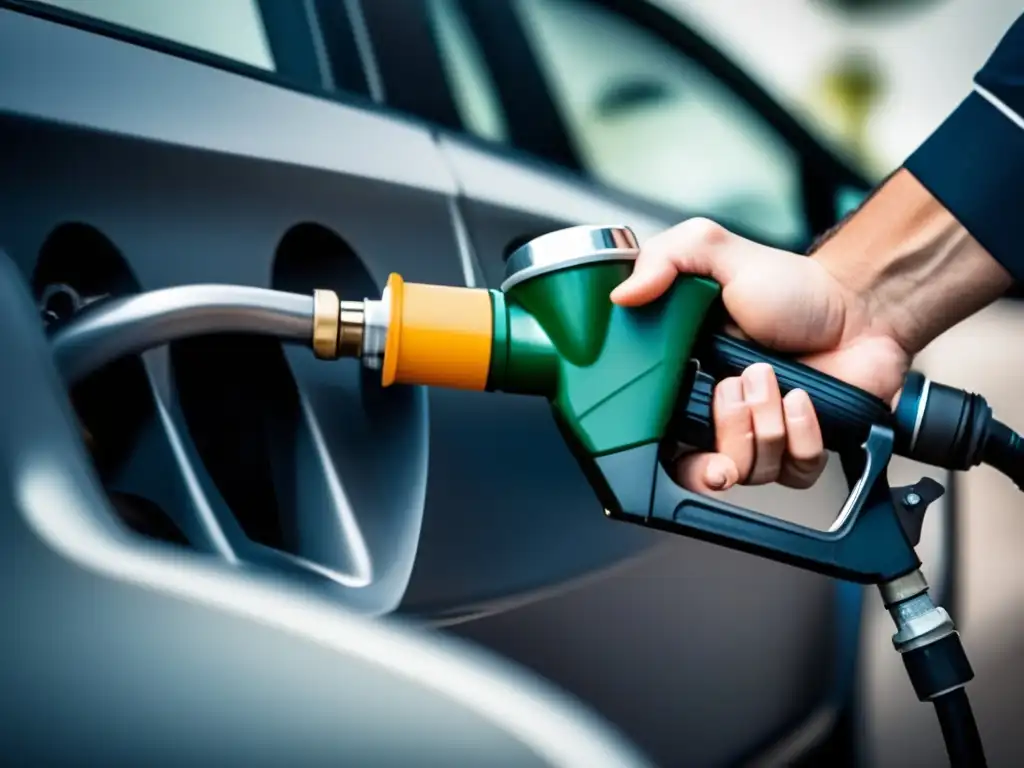Hurricane Evacuation Routes: Mapping Your Way To Safety

Hurricane Evacuation Routes: Mapping Your Way to Safety
Introduction
When a hurricane strikes, the most important thing is to keep yourself and your family safe. One of the key aspects of hurricane preparedness is knowing your evacuation routes. In this article, we will cover the basics of hurricane evacuation routes, including how to find them, what to do in case you need to evacuate, and how to stay safe while on the road.
What Are Hurricane Evacuation Routes?

How Are Hurricane Evacuation Routes Determined?
Hurricane evacuation routes are pre-planned routes established by local government agencies to help people evacuate from areas that are at risk of flooding or other hurricane-related hazards. These routes are designed to provide the safest and most efficient way out of an affected area. The determination of these routes is based on a variety of factors, including proximity to the coast, elevation, and expected wind speed. Some areas may have multiple evacuation routes depending on population density and other geographic considerations.
How Can You Find Your Local Hurricane Evacuation Routes?
The best way to find your local hurricane evacuation routes is to contact your local emergency management agency. They can provide you with up-to-date information on the evacuation routes in your area, as well as other hurricane-related information such as shelters, supplies, and emergency contacts. You can also check your county or city website for a map of evacuation routes.
What Should You Do if You Need to Evacuate?
If you are asked to evacuate, it is important to follow the instructions of local authorities and leave immediately. Pack essential items such as food, water, clothes, medication, and important documents. Turn off all gas, water, and electricity before leaving. Lock your doors and windows, and put sandbags in front of exterior doors and windows if possible.
How to Stay Safe While on the Road

Plan Your Route Ahead of Time
Before you evacuate, plan your route ahead of time. Use a map or GPS to find the quickest route out of your area, and be sure to avoid low-lying areas and areas that are prone to flooding. Plan for heavy traffic and consider alternative routes in case of delays or closures. It is also a good idea to keep a paper map in your car as a backup in case your GPS fails.
Stay Informed About Road Conditions
Stay informed about road conditions by listening to local news and radio stations. Check social media for updates from local authorities and transportation agencies. The Florida Department of Transportation’s website offers real-time updates on road closures and traffic conditions. If you encounter flooded roads, do not attempt to drive through them. Turn around and find an alternate route.
Pack Emergency Supplies
Make sure to pack emergency supplies such as food, water, flashlights, a first-aid kit, and blankets in your car. Include extra cell phone chargers and portable battery packs. It is also important to have a full tank of gas and some cash in case electronic payment systems are unavailable. If you have pets, be sure to pack food, water, and any necessary medications for them as well.
What to Do After You Evacuate

Find a Safe Place to Stay
If you evacuate, it is important to find a safe place to stay. This could be with family or friends outside of the affected area, at a hotel, or in a designated emergency shelter. Check with your local authorities to find out where shelters are located and what supplies you should bring with you. Some shelters may require you to bring your own bedding, food, and water.
Stay Informed
Stay informed about the progress of the hurricane by listening to local news and radio stations. Check social media for updates from local authorities and transportation agencies. Be prepared to stay in your emergency shelter for an extended period of time, as it may take time for the storm to pass and for roads to be cleared for travel.
Frequently Asked Questions

-
What Should I Do If I Am Unable to Evacuate?
If you are unable to evacuate, seek shelter in the safest area of your home, such as a small interior room or closet on the lowest level. Stay away from windows, and make sure to keep a supply of food, water, and medication. Turn off all electricity and gas, and use a portable radio to stay informed of the storm's progress.
-
How Do I Know If I Live in a Hurricane Evacuation Zone?
You can find out if you live in a hurricane evacuation zone by contacting your local emergency management agency. They can provide you with up-to-date information on evacuation zones in your area.
-
What Should I Bring With Me If I Need to Evacuate?
Make sure to pack essential items such as food, water, clothes, medication, and important documents. Turn off all gas, water, and electricity before leaving. Lock your doors and windows, and put sandbags in front of exterior doors and windows if possible. If you have pets, be sure to pack food, water, and any necessary medications for them as well.
-
What Should I Do If I Encounter Flooded Roads?
If you encounter flooded roads, do not attempt to drive through them. Turn around and find an alternate route. Even a few inches of water can cause your car to stall or lose control.
-
How Can I Stay Informed About Hurricane Evacuation Routes?
The best way to stay informed about hurricane evacuation routes is to contact your local emergency management agency. They can provide you with up-to-date information on evacuation routes in your area. You can also check your county or city website for a map of evacuation routes.
Conclusion
Hurricane evacuation routes are essential to ensuring the safety of those living in hurricane-prone areas. By knowing the evacuation routes in your area, planning ahead, and staying informed, you can protect yourself and your family from the dangers of hurricanes. Remember to follow the instructions of local authorities and to stay calm during the evacuation process. Stay safe!
Thank you for reading this article on hurricane evacuation routes. We hope that you found it informative and useful. Please share your thoughts in the comments section below and let us know how we can help you further. Don't forget to subscribe to hurricaneinsider.org for more hurricane-related information and updates.
Additional Resources

For more information on hurricane preparedness and safety, visit the following resources:
 Floating Waterproof Bluetooth Speakers
Floating Waterproof Bluetooth Speakers Talking To Children About Hurricanes: A Parent’s Guide
Talking To Children About Hurricanes: A Parent’s Guide Gasoline Siphon Pumps
Gasoline Siphon PumpsIf you want to discover more articles similar to Hurricane Evacuation Routes: Mapping Your Way To Safety, you can visit the Hurricane preparedness: category.
Leave a Reply

Articulos relacionados: